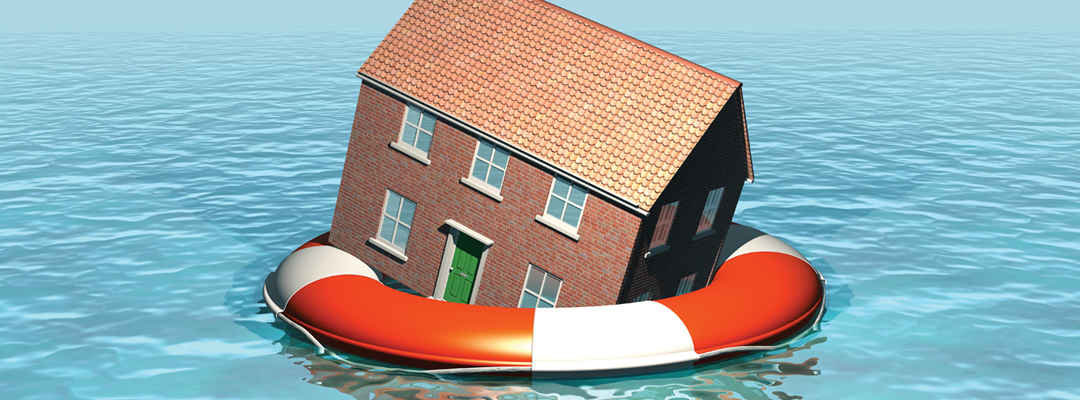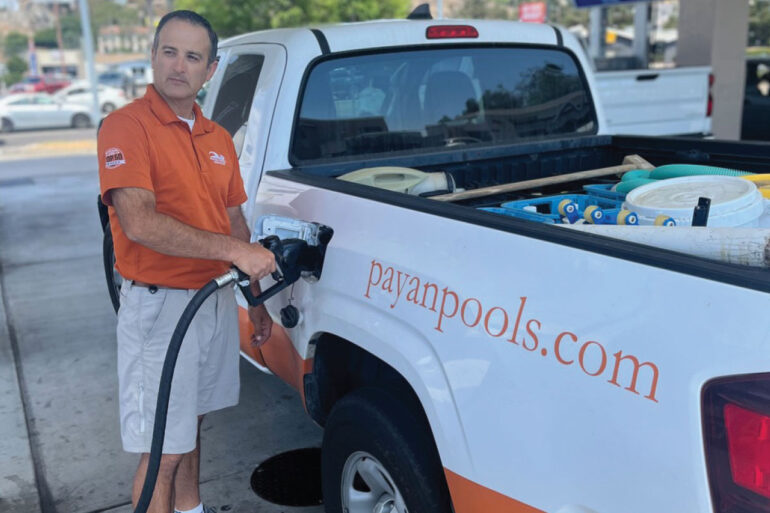The Coming Tide

2017 was an extraordinarily active year for hurricanes and flooding in America. Texas-based risk insurance specialist Jeannette Blanton-Monnat of Blanton Insurance focuses on coverage for the construction trade. “Everybody lives and works in a flood plain,” Blanton-Monnat says. “The difference is how likely a flood will impact where your home or business is located. That’s based on a FEMA flood map that designates areas with a letter code. For example, an ‘X’ would reflect a .02 percent chance of flooding, but the fact is that you can suffer flooding even in a lower risk area.” When you hear of flooding in these areas, you usually hear meteorologists using phrases like a 50-, 100- or 1,000-year flood. Another element of risk is whether or not your town has a proper public drainage system for water runoff.
Without flood insurance, repairs and restoration of your business are completely out of your pocket. Can you survive such a financial hardship? What about loss of income while rehab is in progress? These are salient questions to ask if you decide to investigate flood insurance options. Blanton-Monnat stresses that you must do your homework — and your math. “If you buy flood insurance from the National Flood Insurance Program, they’ll only provide coverage on a business up to $500,000,” She says. “If you go through a company that writes flood insurance (not policies through NFIP), they could cover up to $5 million in damages. I know of one company that offers replacement cost of tools, machinery and inventory, too.” Now, what if a flood does not affect your company location, but you have tools and heavy equipment (including rented equipment) that are damaged or lost at a job site when a storm rolls through? Our expert reveals that you could suffer a noncovered loss and suggests looking into either a Contractor’s Equipment policy or Inland Marine policy. “The potential problem with such policies is that they do not usually cover damage from flooding. This is why it’s imperative you ask your agency representative about your coverage options based on your business scenarios. There are companies that will write policies that include equipment floaters. As a policyholder, you are tasked with asking the tough questions in advance, or risk catastrophic financial loss.”
Have a frank discussion with your insurance agent about which insurance options fit your needs, Blanton-Monnat says. “Ask your agent to do the work necessary to find out what the chances are that your area would experience a flood,” she says. “Is there a levee nearby? Aquifers? Again, without proper drainage, it’s just a matter of time before a major rain storm or hurricane washes away all you’ve worked for. But at the end of the day, it’s your decision whether you’ll purchase flood insurance, just make sure your agent has done the necessary work to present you the information you need to make an informed decision. When we speak of 100-year floods and the like, I suggest looking at the flood history of the area you’re in and decide the likely risk you face with the aid of your agent.”
That said, there are no guarantees about when, or if, a flood is going to happen at your business. If you’re into statistics, Blanton-Monnat explains that, “flooding is involved in 90 percent of all natural disasters. Almost 25 percent of all flood claims come from those areas designated in the ‘X’ areas we discussed on the flood-plain map.”






